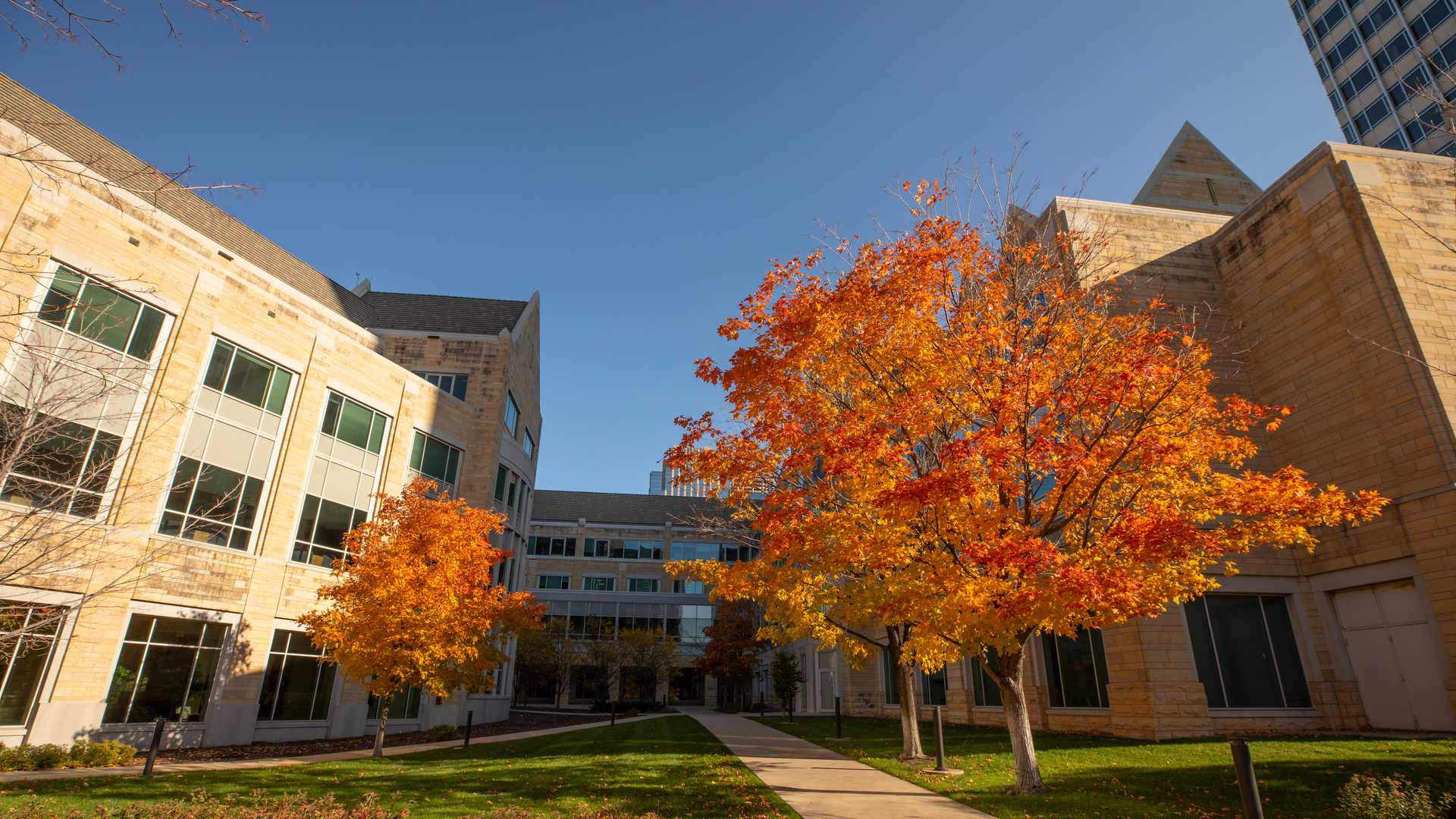Progress Update, February 2022
The St. Thomas 2025 Strategic Plan debuted in February 2021. We continually track and report on our progress; here are key developments from the past year, as of February 2024:
We have a renewed focus on the importance of retention. Our goals are to: (1) improve the overall first to second year (fall-to-fall) overall retention rate from 87 percent to 90 percent by 2025; and (2) continually work to reduce the gap in retention rates for students of color, first-generation, out-of-state, low-income and commuter students through targeted intervention and by ensuring the participation of all students in high-impact retention practices.
We experienced a nearly 1 percentage point increase in overall fall-fall retention rates for the Fall 2022 cohort compared to the Fall 2021 cohort. Given the cohort's size, this resulted in nearly 150 more students being retained than the previous one. (Fall 2021 Cohort Fall-Fall Retention: 85.6%; Fall 2022 Cohort Fall-Fall Retention: 86.4%)
As we continue to work to identify ways to better support our St. Thomas students, it is critical that we understand who our students are. St. Thomas is currently completing its final year of the Student Success Academy through the Higher Learning Commission in which we have spent three years engaging in institutional inventories to understand our students and where our areas of opportunity are in terms of improving support. Our data inventory has revealed the upward trend of enrollment of first-generation, BIPOC and low-income students and the retention and graduation gaps that exist.
In January of 2023, a mapping exercise was conducted to determine the number of first-gen students served by existing programs, initiatives and resources. Efforts were implemented to increase the number of first-gen students served through our existing programs. In fall of 2023, 72% of our first-gen students were served with an existing program or high impact practice. This has resulted in a nearly 40 percentage point increase of intentionally supported first-gen students for the Fall 2023 cohort compared to the Fall 2022 cohort.
